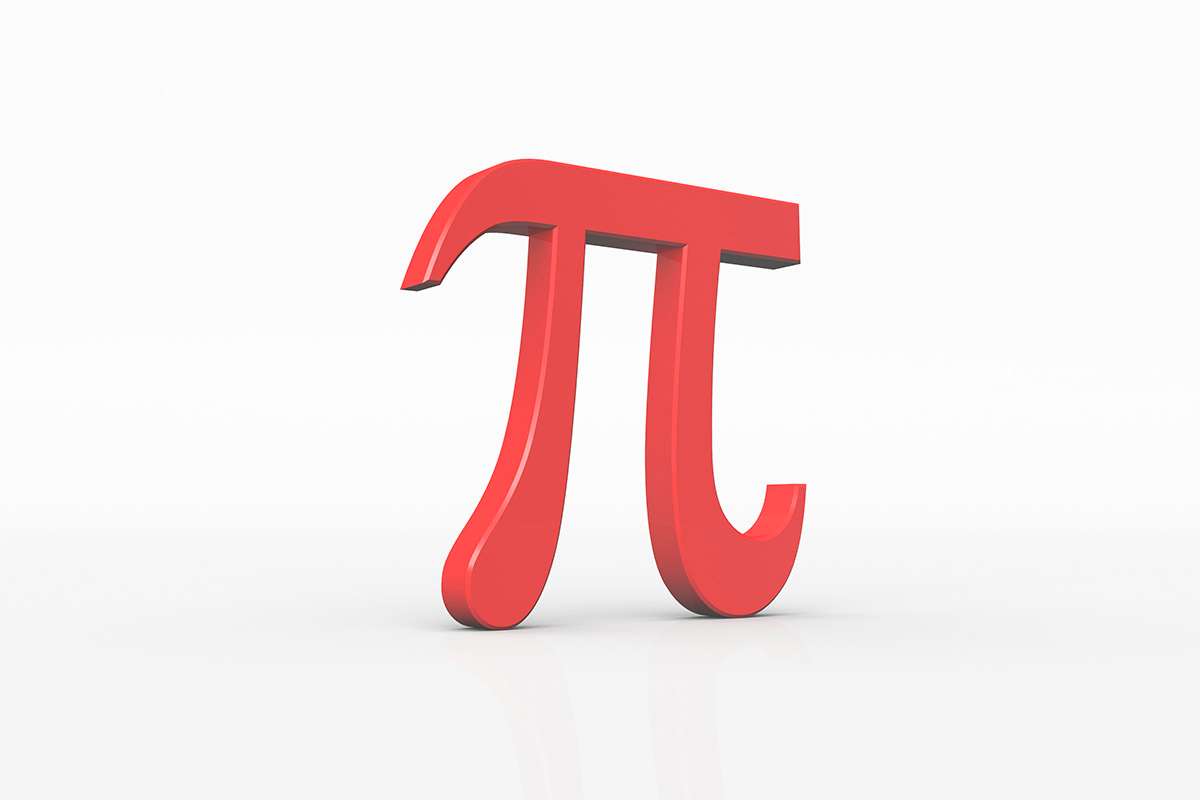|
DIVULGAÇÃO
Celebrate pi day with 9 trillion more digits than ever before. This pi day, we can write down more digits of the famous irrational number than ever before. An extra 9 trillion digits after the decimal point have been discovered, smashing the previous world record set back in 2013. In November, after 105 days of round the clock computation, pi enthusiast Peter Trueb’s computer finally calculated 22,459,157,718,361 fully verified digits of pi. “I was really surprised that it worked so smoothly, I was so happy,” says Trueb, who is an R&D scientist by day. More digits found. David Parker/SPL/Getty
He built a computer with 24 hard drives, each containing 6 terabytes of memory, to store the huge quantity of data produced with each step of the process. To run the calculations, he used a computer program called γ-cruncher developed by Alexander Yee that is available for free online. “Imagine trying to multiply two numbers that are a trillion digits long on a blackboard. It just wouldn’t work,” Yee says. “Instead, we need lots of fancy algorithms to streamline the calculations.” This is not the first time γ-cruncher has broken pi world records, but previously Yee has played a role. “It was a complete surprise. Normally people run their setup past me first to check if things will run smoothly,” he says. “Peter just sent me an email one day saying that he had broken the world record.” The final file containing the 22 trillion digits of pi is nearly 9 terabytes in size. If printed out, it would fill a library of several million books containing a thousand pages each. NASA only uses around 15 digits of pi in its calculations for sending rockets into space. To get an atom-precise measurement of the universe, you would only need around 40. So computing trillions of digits of pi is mostly about showing off computer power. As pi is an irrational number – there are an infinite number of digits after the decimal point that never repeat – we will always be able to calculate new digits. Even though we have done this for trillions of digits of pi, we still aren’t sure if some digits appear more often than others. If no digit of an irrational number appears more frequently than any other when written as a decimal, it is called “normal”. A lot people are interested in the normality of pi, but proving it either way is unlikely to have much real-world impact, says Wadim Zudilin at the University of Newcastle in Australia. “We care more about pi itself, because it’s so famous, that solving another arithmetic mystery of this number is an attractive task,” he says. With trillions of extra digits to play with, Trueb examined what the distribution looked like. “Each of the numbers from nought to nine appeared 10 per cent of the time, which is what you would expect if pi is normal,” says Trueb. Settling the normality of pi for good can’t be done with calculations alone – it will require a mathematical proof. Twenty-two trillion digits might seem like a lot of good evidence, but compared with the infinitude of pi, it’s diddly squat. By Timothy Revell. New Scientist. Posted: Mar 14, 2019. |
||||||||||||||||||||||||